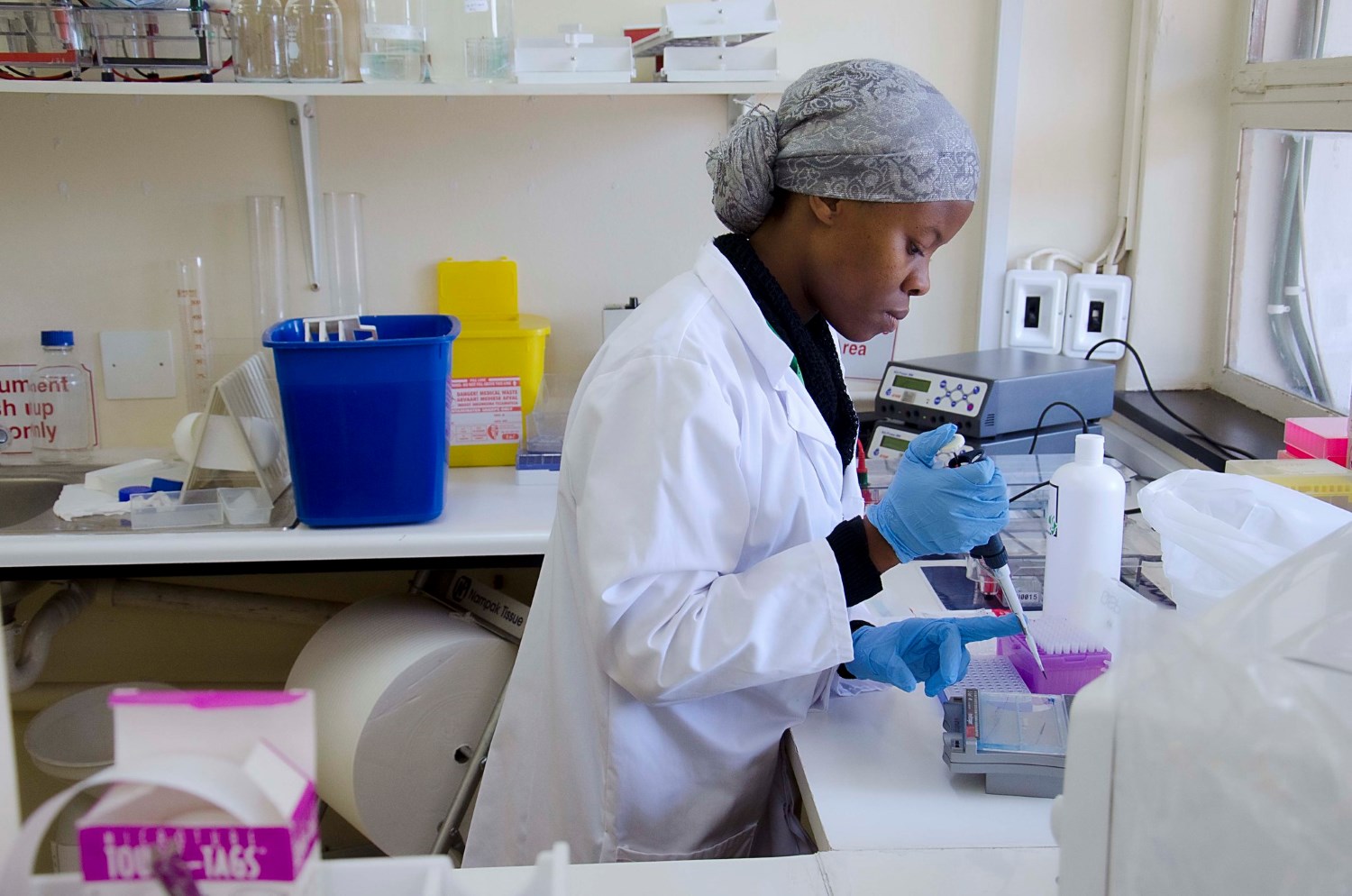Pakistan is the world sixth largest population, with more than 180 million people today, and is projected to become the fifth largest population by 2050 (UN Medium variant projection). The demographic evolution of Pakistan – as well as of some other “big” countries such as Nigeria, Ethiopia, and the Democratic Republic of Congo (DRC) – will have far-reaching repercussions on the world’s total population. However, future population trends in Pakistan will have also a huge impact on the geopolitical balance of the South Asian Central region at large, not to mention the lives of Pakistanis themselves—men, women, and children.The country is in the midst of major transformations, not the least being a democratic transition. And, coupled with this political evolution, future demographic trends will determine the prospects of Pakistan for sustainable development. The acceleration of these demographic changes should help the democratic transition as the two would reinforce each other. The implementation of sound population policies to achieve this demographic acceleration will call for strong leadership, far-reaching planning, and sound institutions.Important demographic transformations are already underway in Pakistan – fertility is now below the threshold of 4 children per women – but the decline remains very slow compared to all countries in the region, except Afghanistan. Pakistan’s mortality levels remain very high, especially infant mortality – 68 out of 1,000 children die in their first year of life. And Pakistan also has the second highest rate of stillbirths in the world. Contraceptive prevalence rates in Pakistan are low as well, as only 19 percent of Pakistani women use a modern method of family planning, and unmet demand for family planning services remains high.Population growth is also bolstered by the young age structure, where large cohorts of young people are entering their reproductive years. This creates a population momentum, which increases the already rapid natural growth. At the same time, Pakistan must address the problem of its youth bulge, which occurs when the 15 to 29 year old age group represents more than 40 percent of all adults—the current proportion in Pakistan is a whopping 46.4 percent. And this bulging youth group will require health care, education, and - above all - jobs.Demographers and population specialists in Pakistan are most aware of these issues and challenges and are taking steps to address them. I was privileged to witness their concern firsthand during the 13th Annual Research Conference of the Population Association of Pakistan (PAP), which was held at the Institute of Business Administration (IBA) in Karachi in November 2012. The Population Council in Islamabad is also leading a major effort around the demographic issues in the country and has prepared a landmark volume on the demographic dividend targeted specifically at Pakistani national leaders and policymakers. And the new 18th Constitution Amendment provides for the devolution to the regions of many prerogatives that were so far managed at the federal level, such as health and education services. This will require a serious rethinking of the institutional framework needed to implement effective population policies (gated).The challenge for Pakistan will be to manage all these transitions together – democratic, demographic, and institutional. As the common saying goes, demography is not destiny. But accelerating demographic changes and harnessing their socioeconomic benefits will definitely help shape the destiny of a great nation.The author wants to thank all Pakistanis colleagues for their warm welcome in Pakistan, in particular Dr. Shahida Azfar, President of the Population Association of Pakistan (PAP) and Dr. Zeba Sathar, Director of the Population Council, Islamabad. The author is also grateful to Jenny Ottenhoff and Catherine An, who provided most helpful comments on this blog.
CGD blog posts reflect the views of the authors, drawing on prior research and experience in their areas of expertise.
CGD is a nonpartisan, independent organization and does not take institutional positions.





